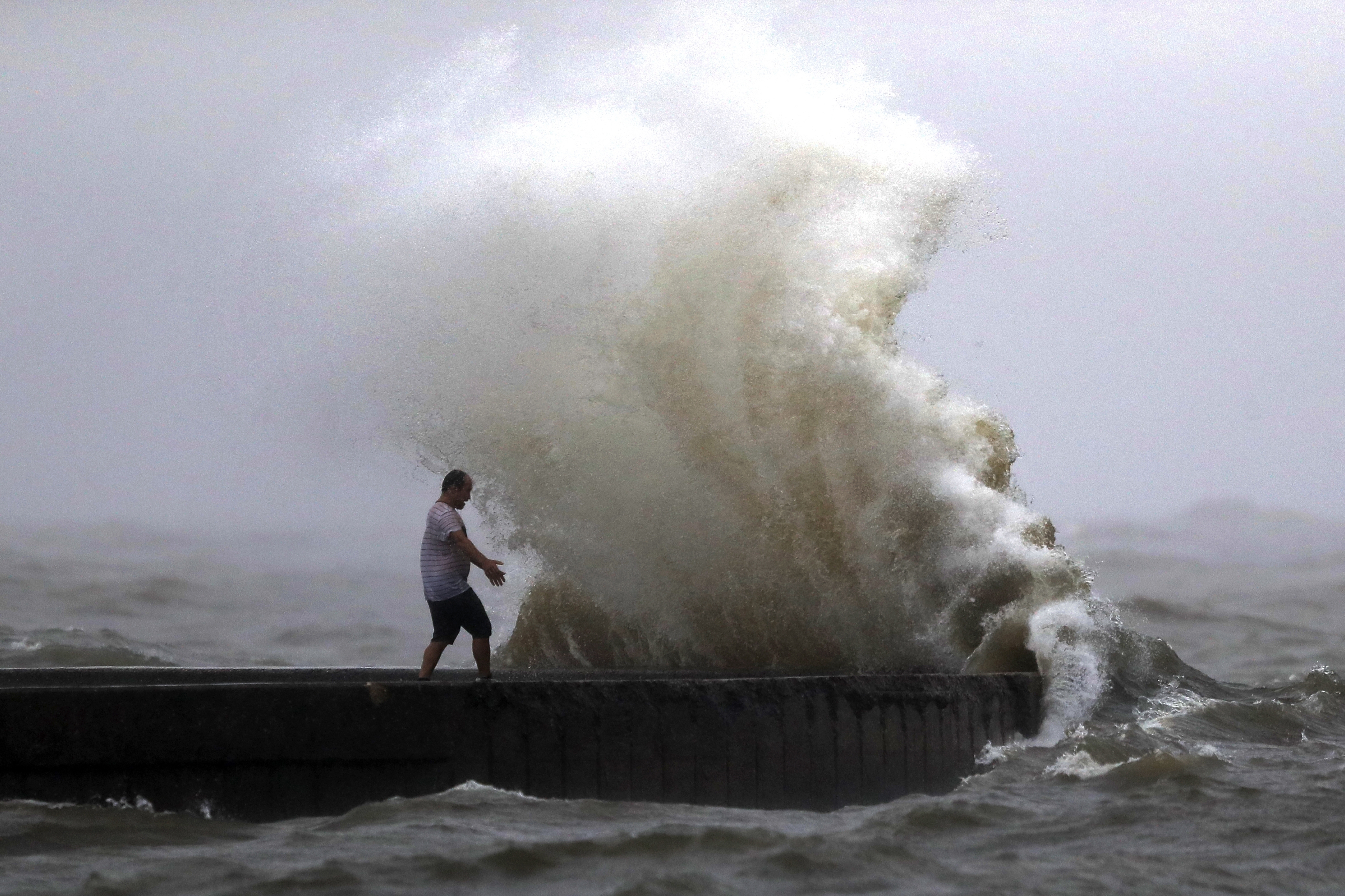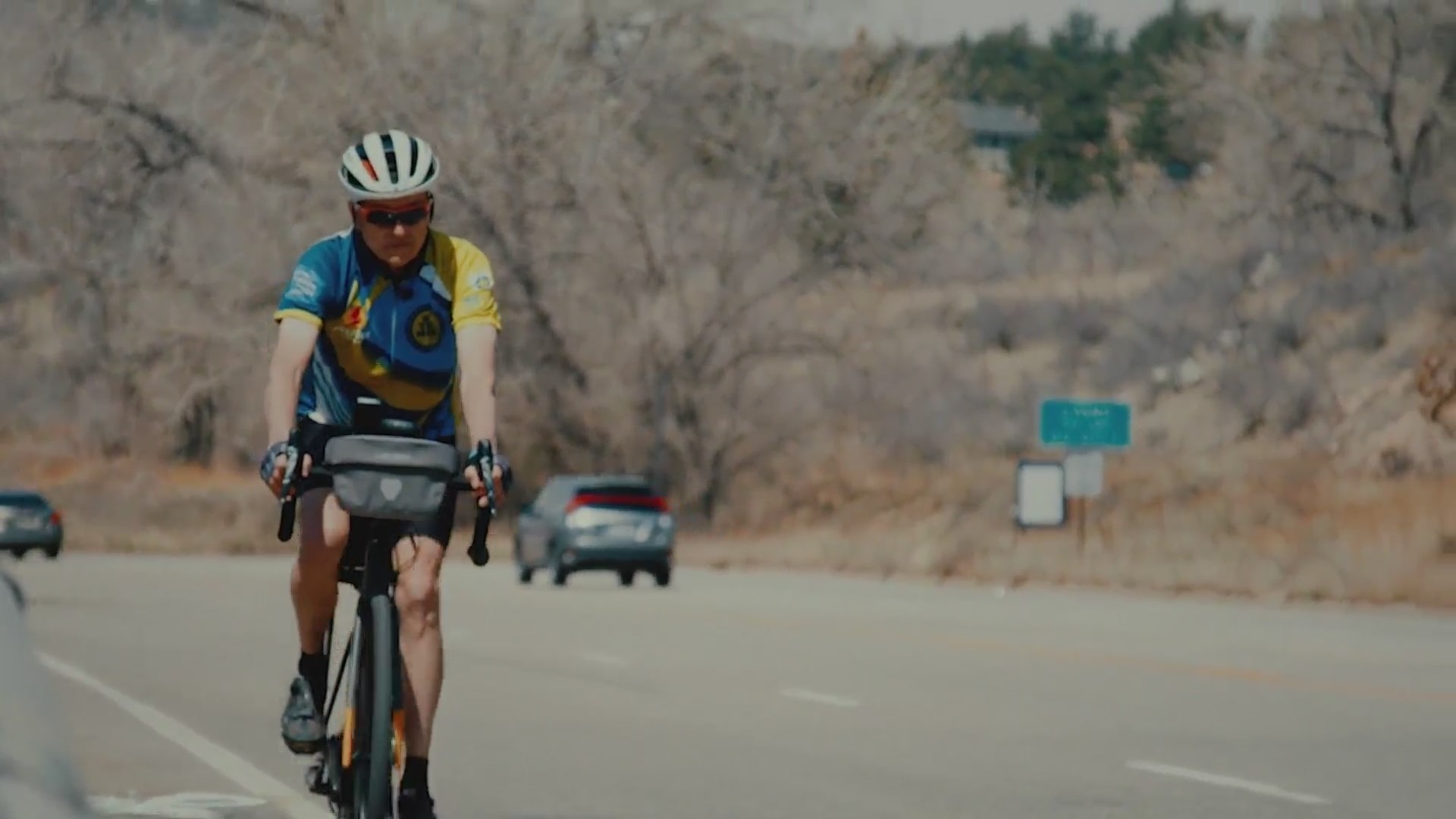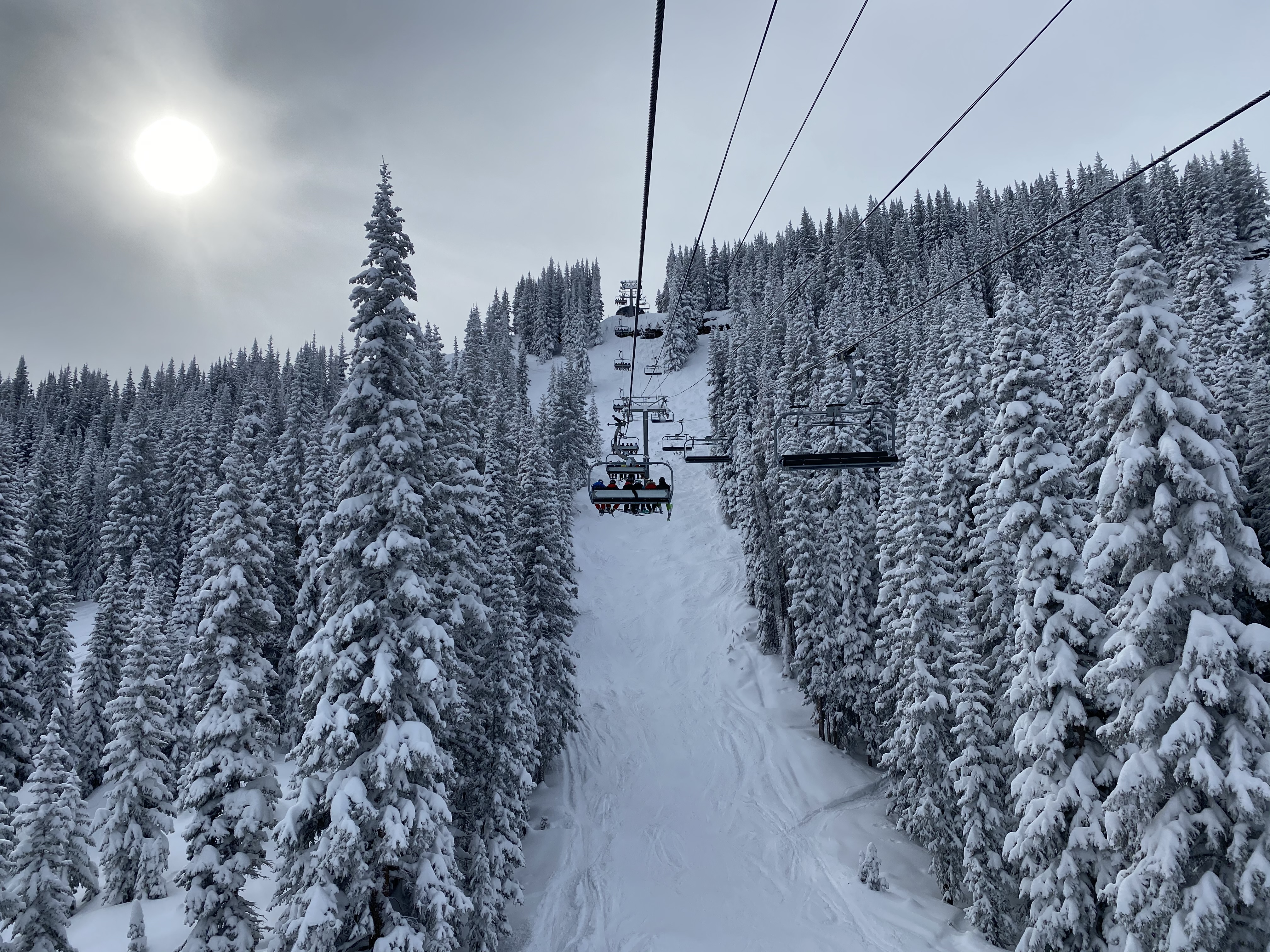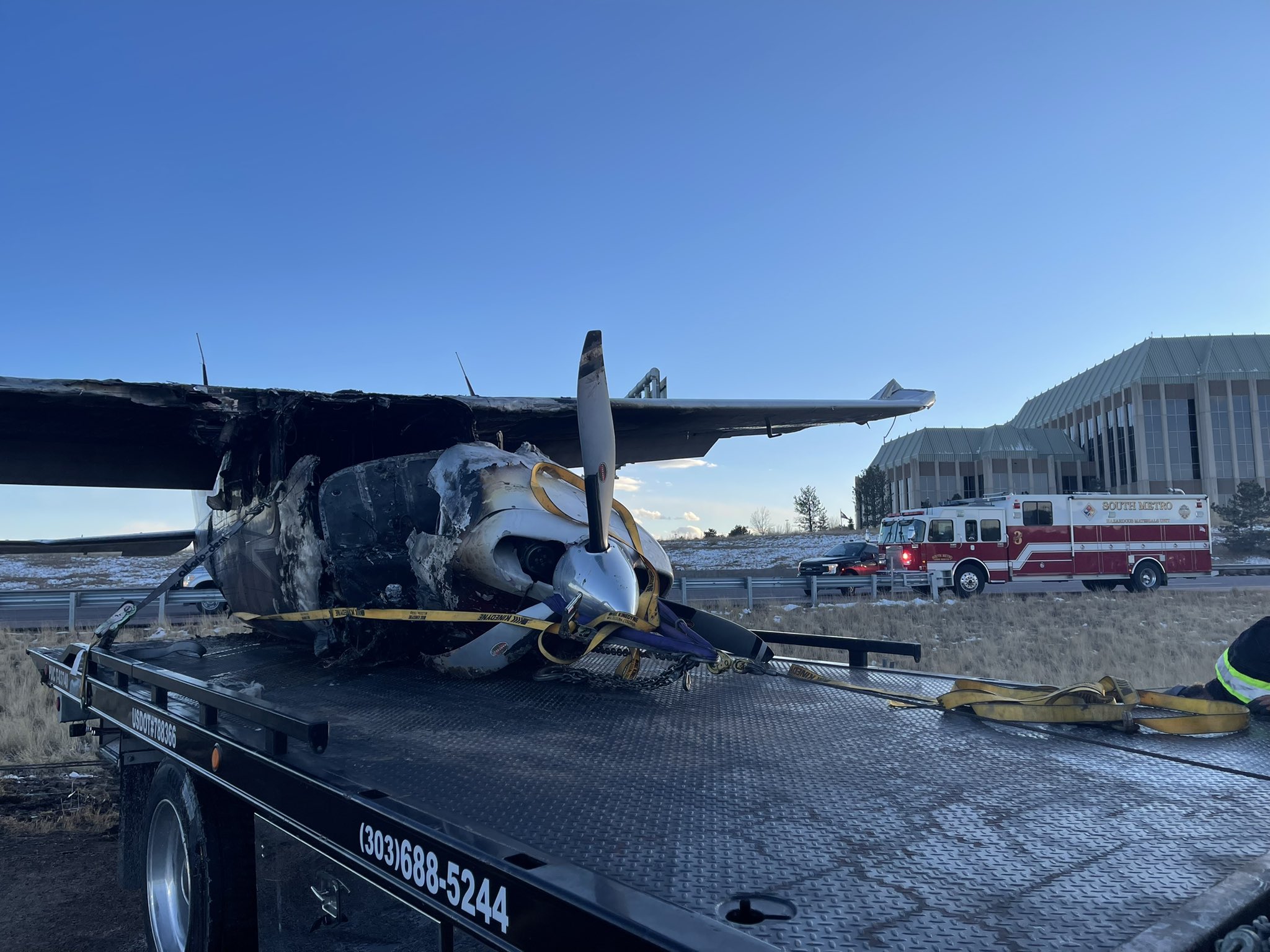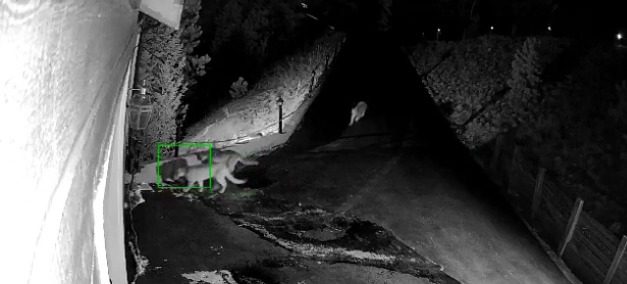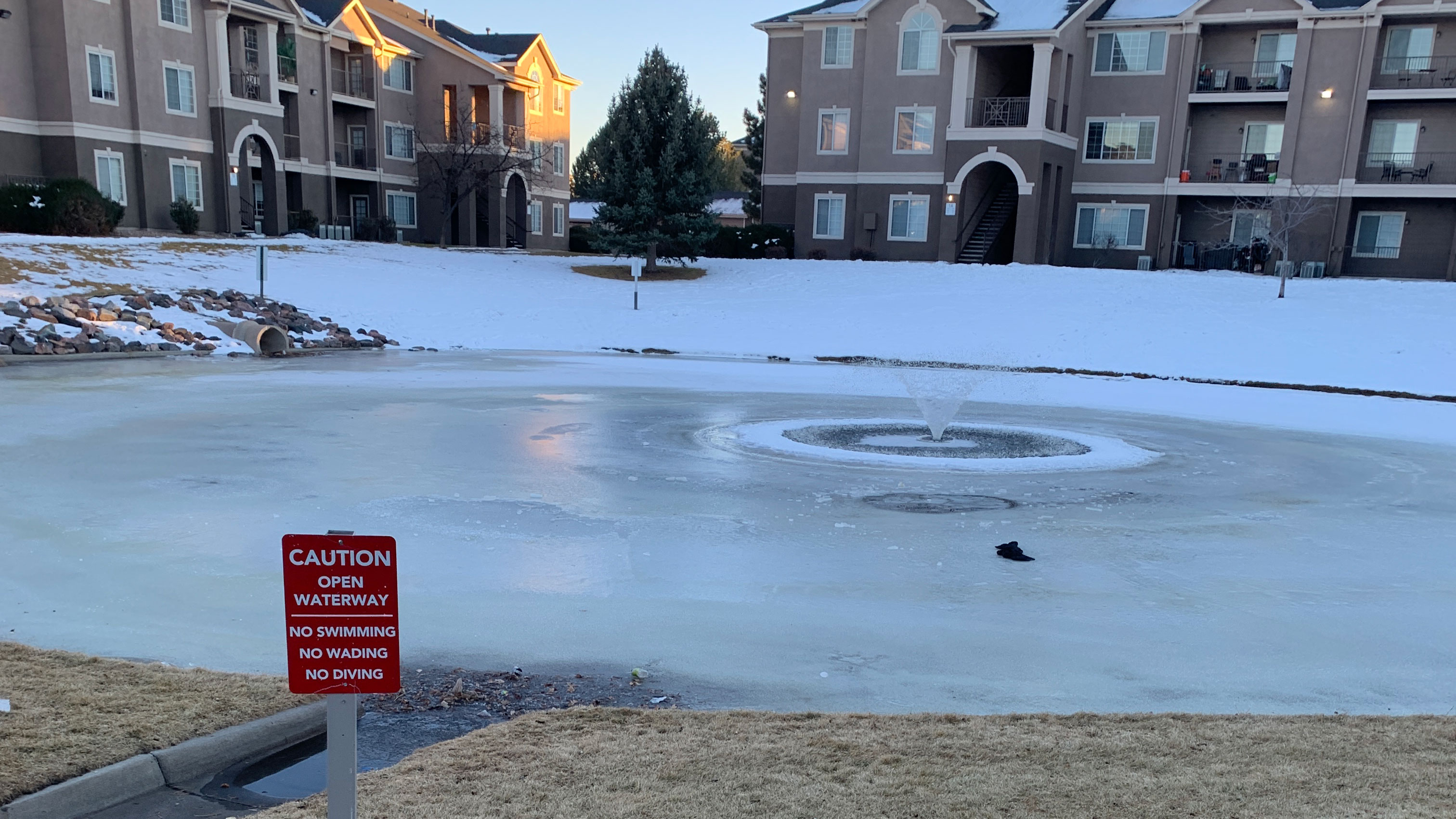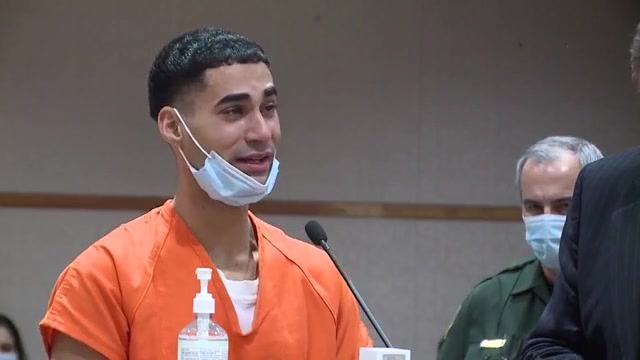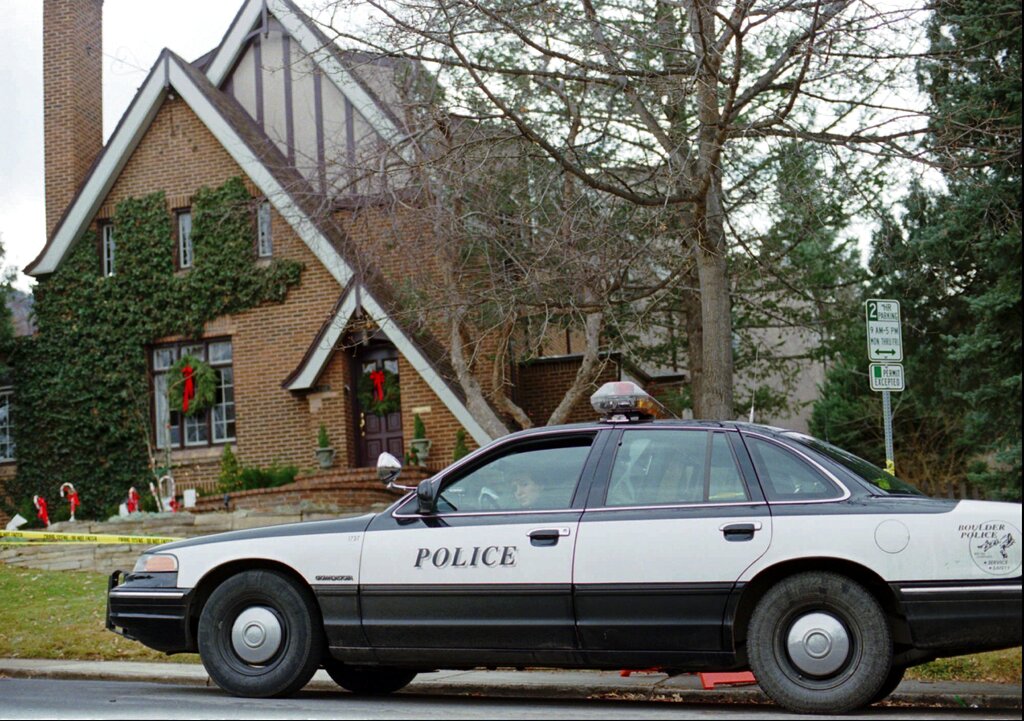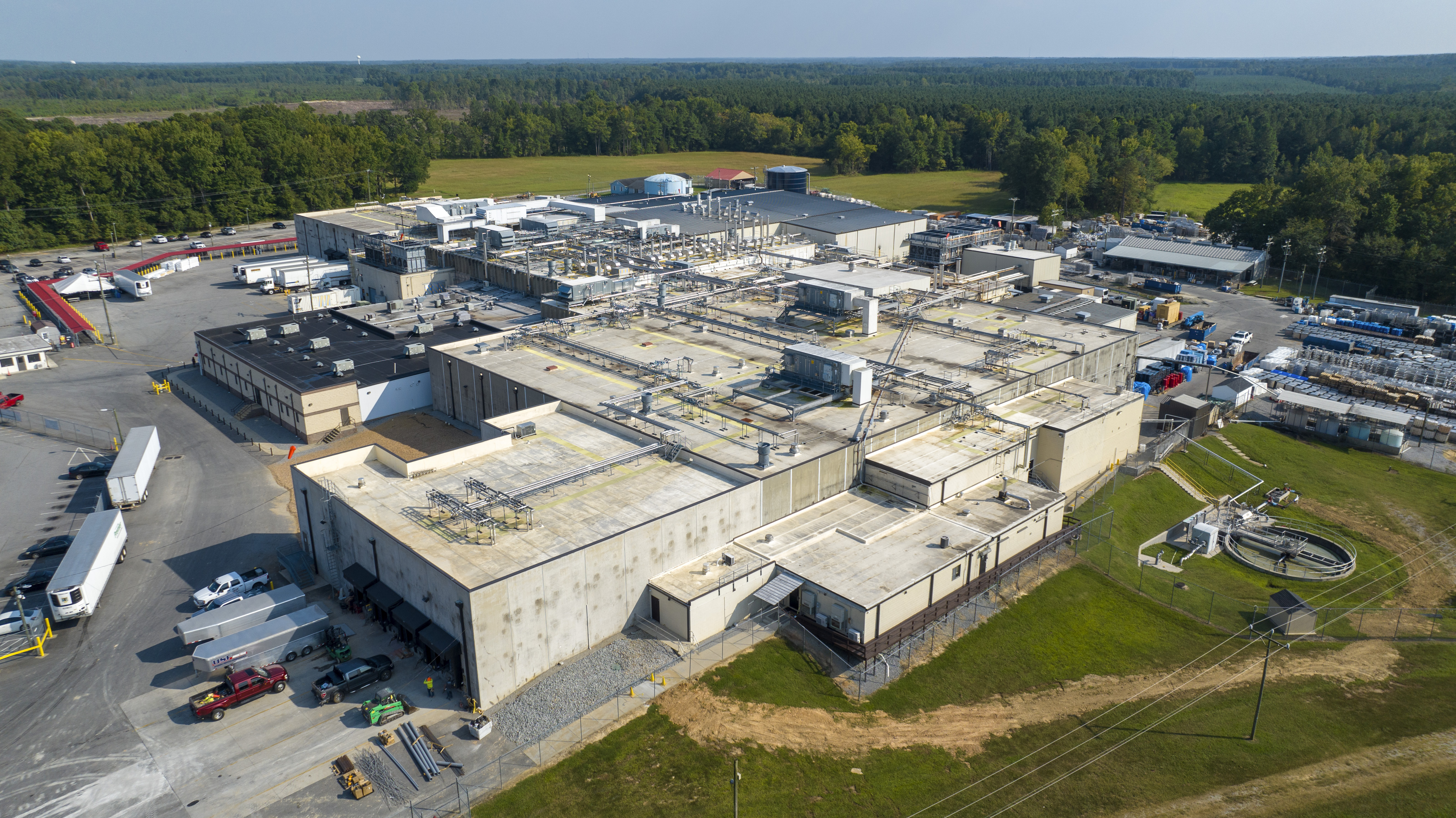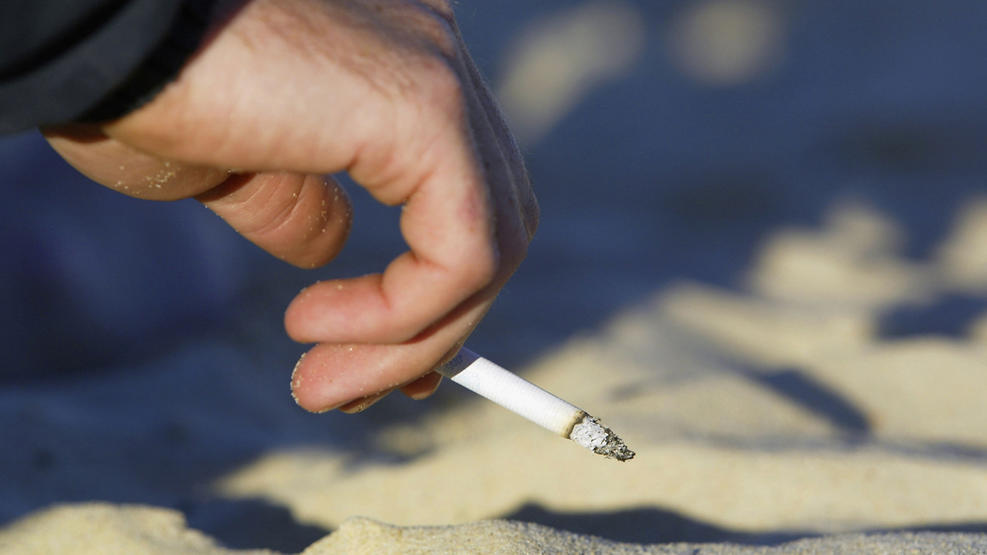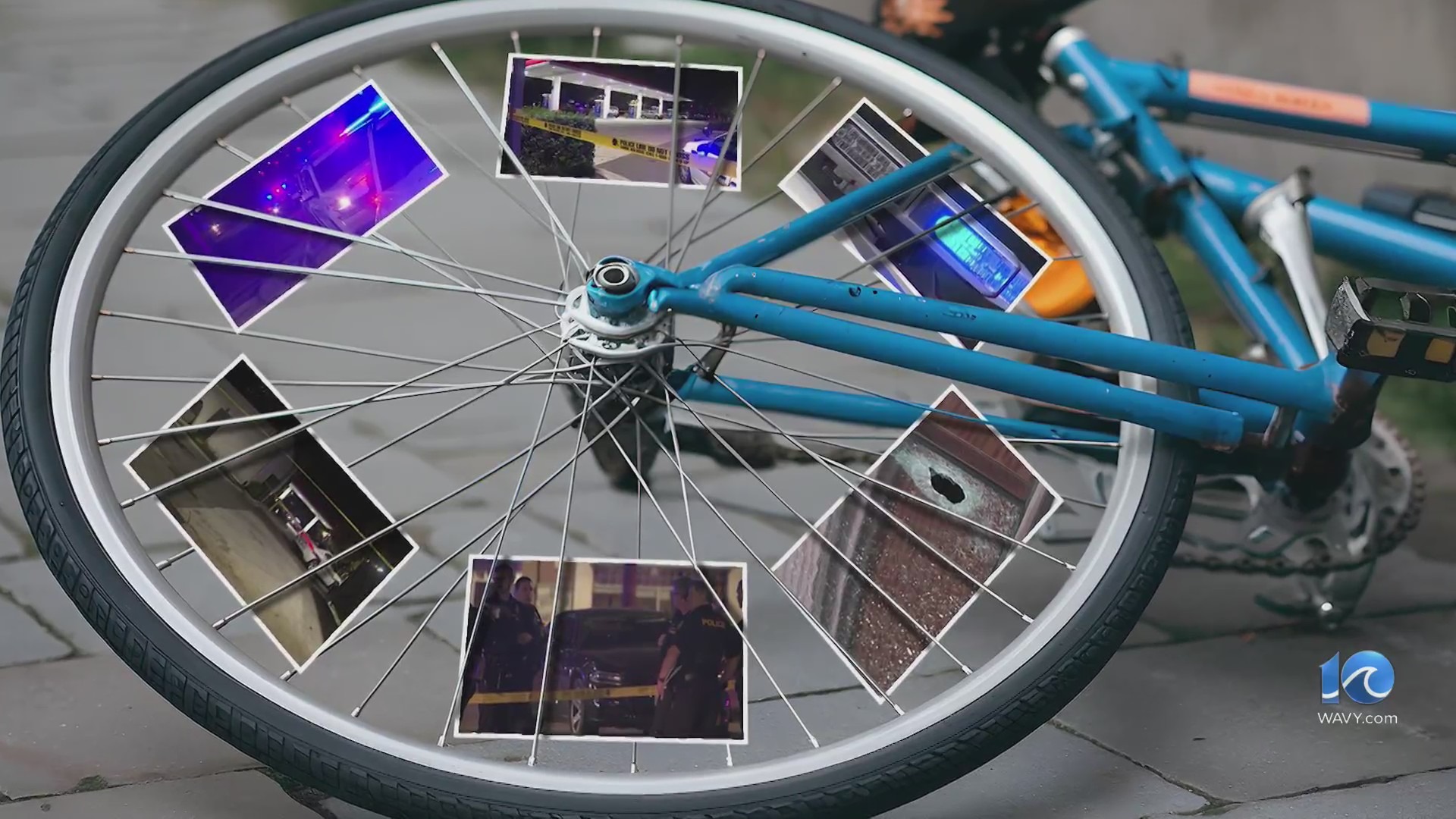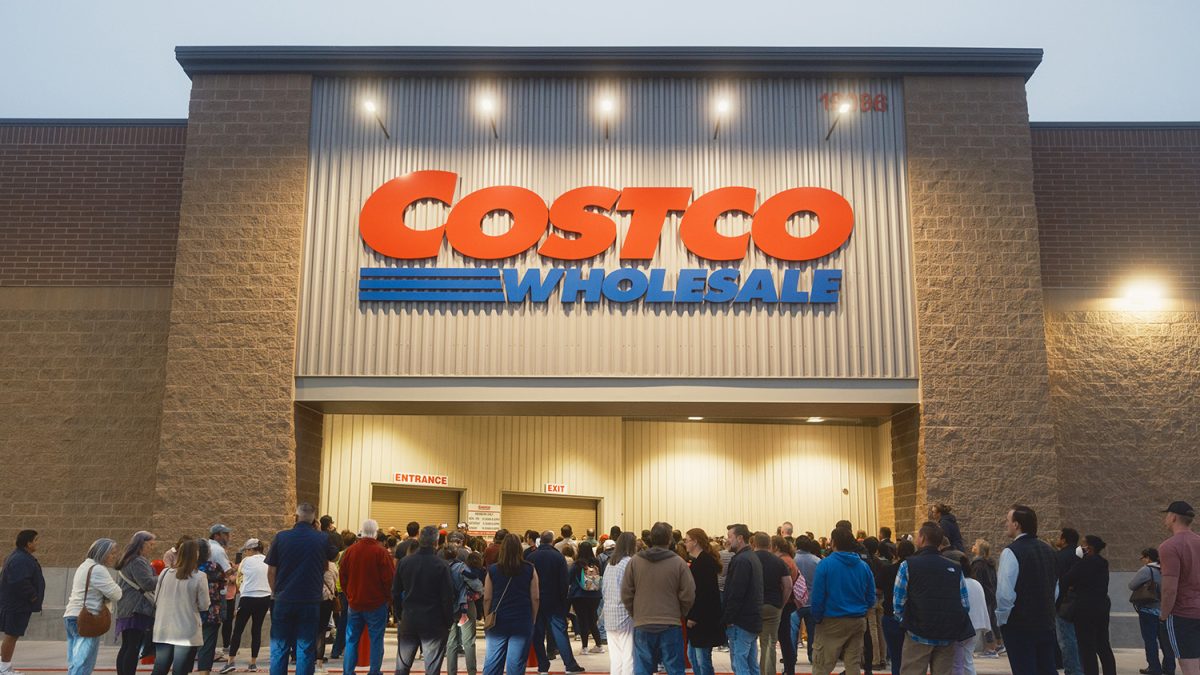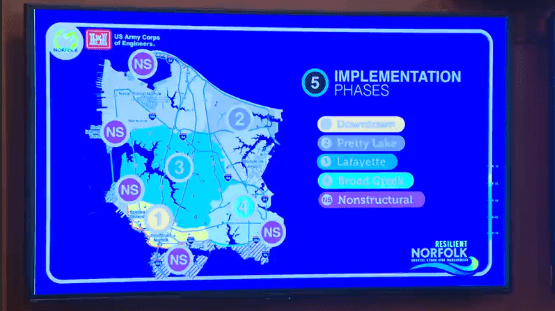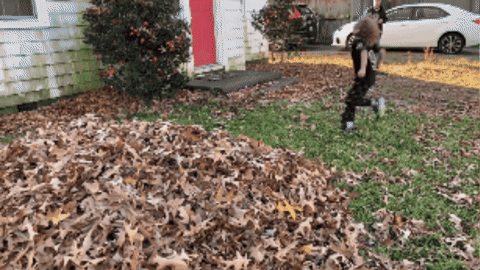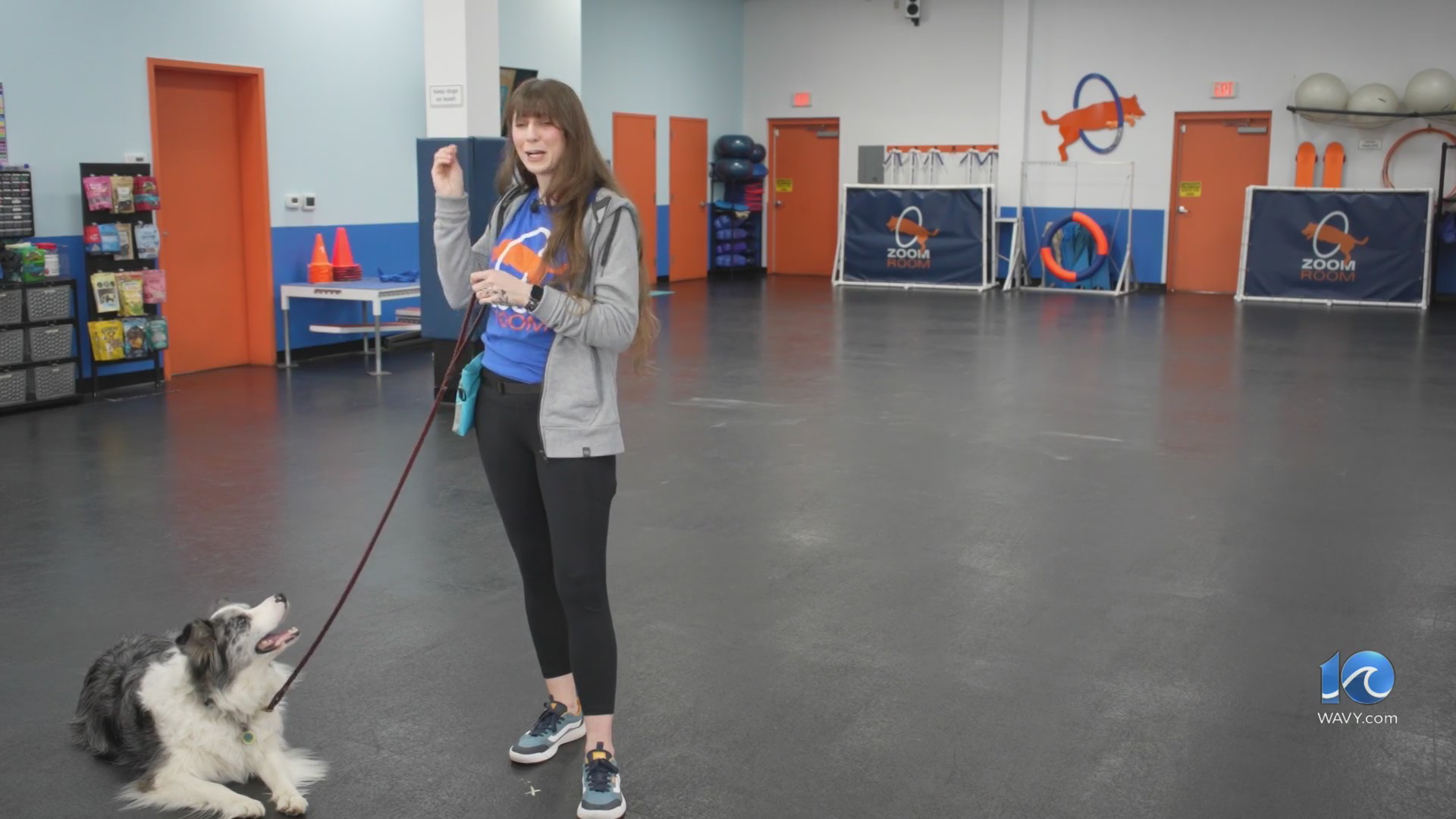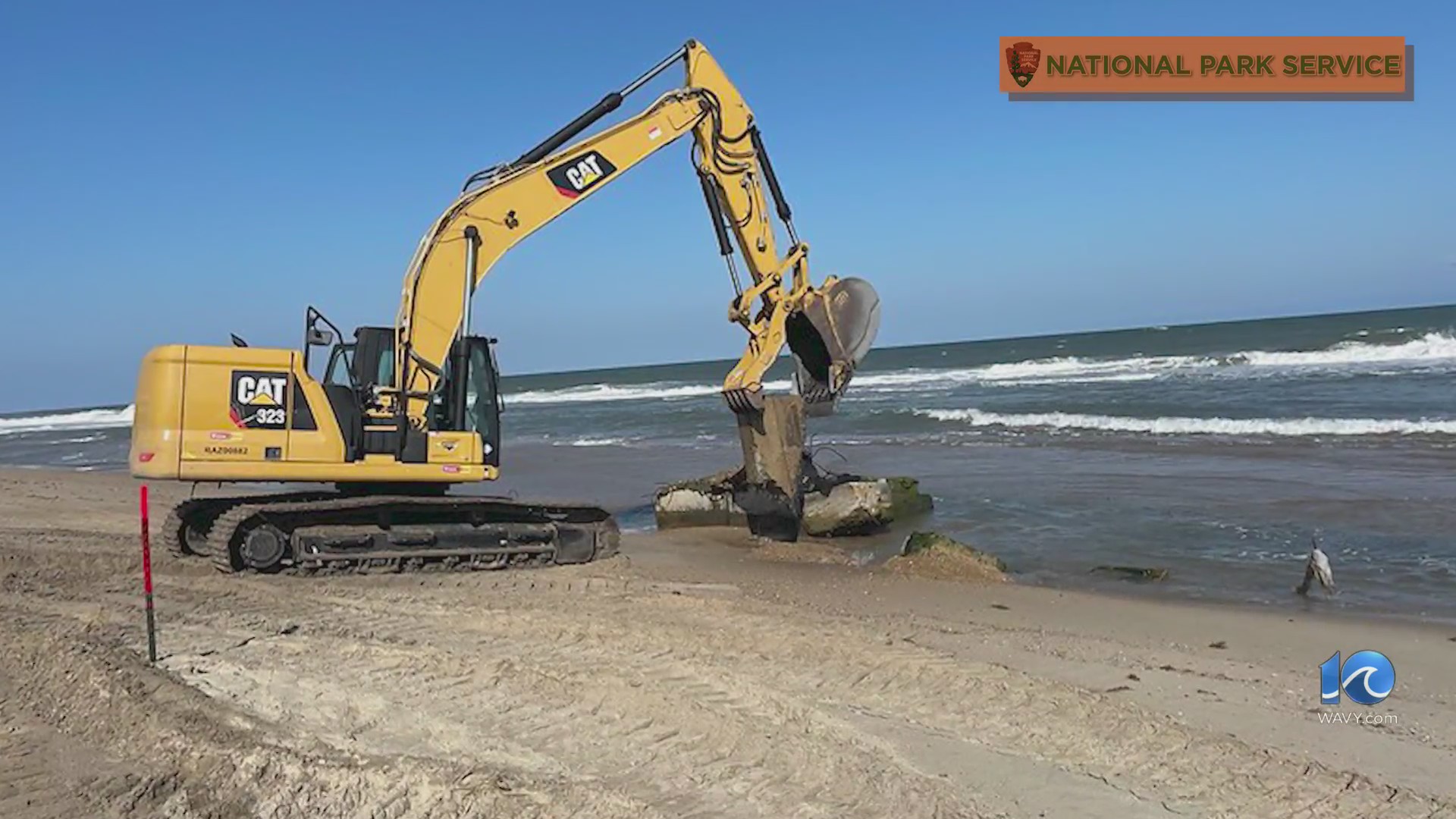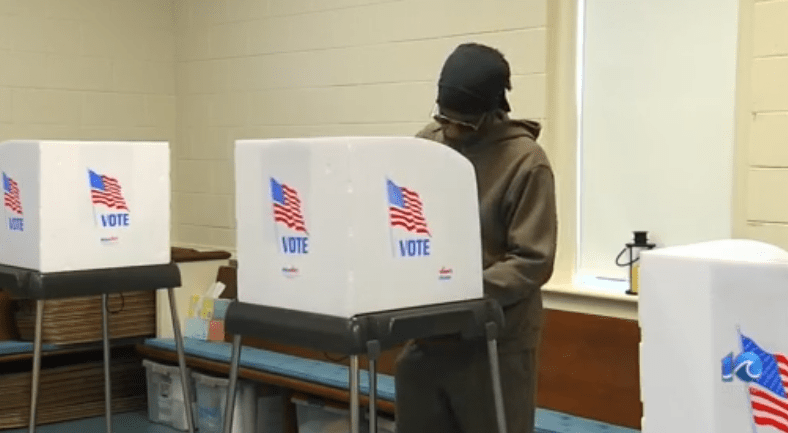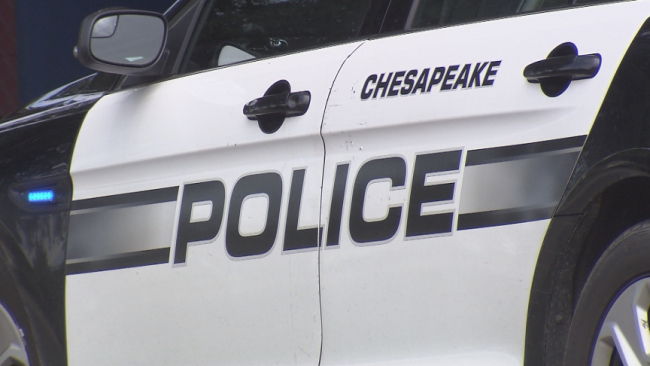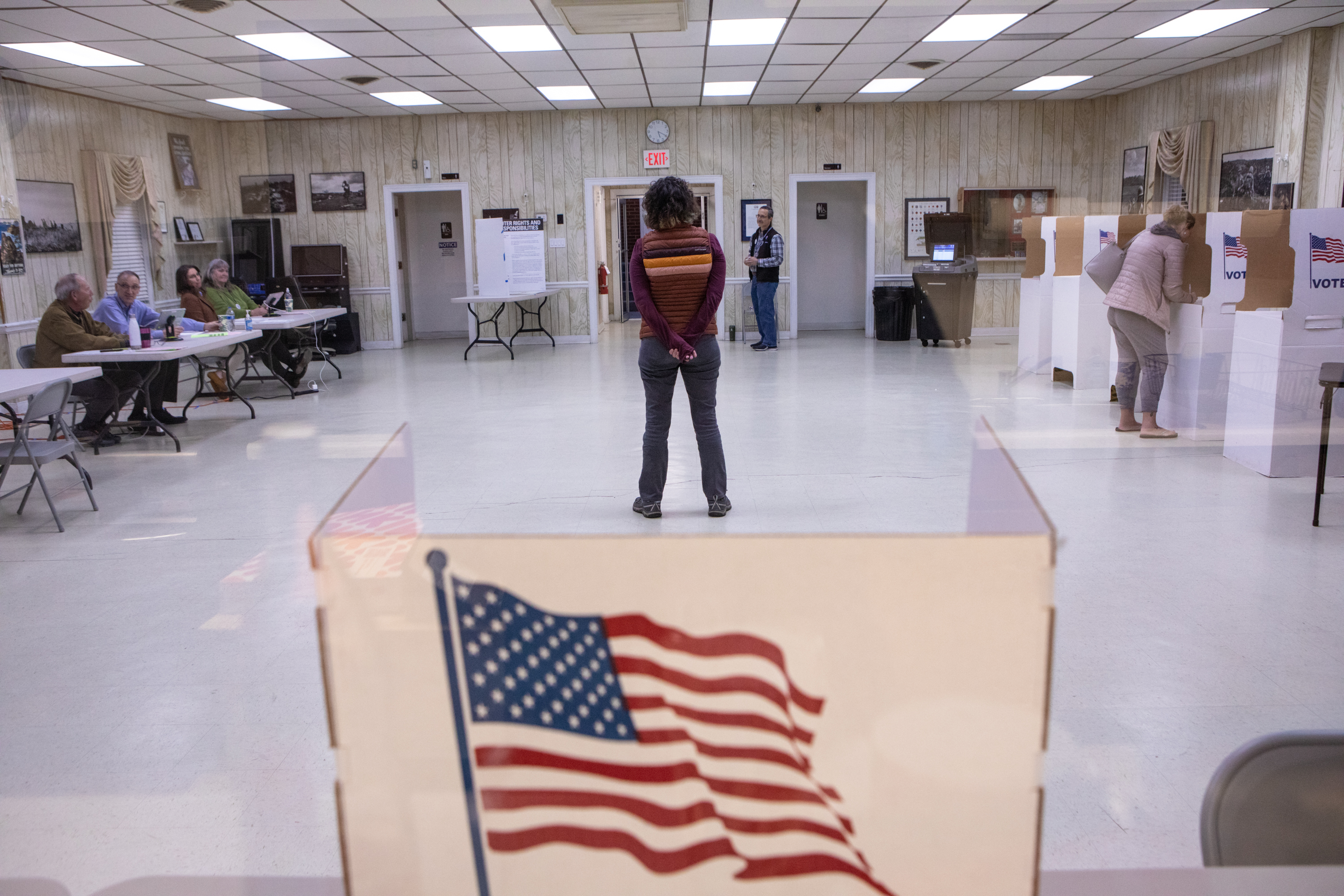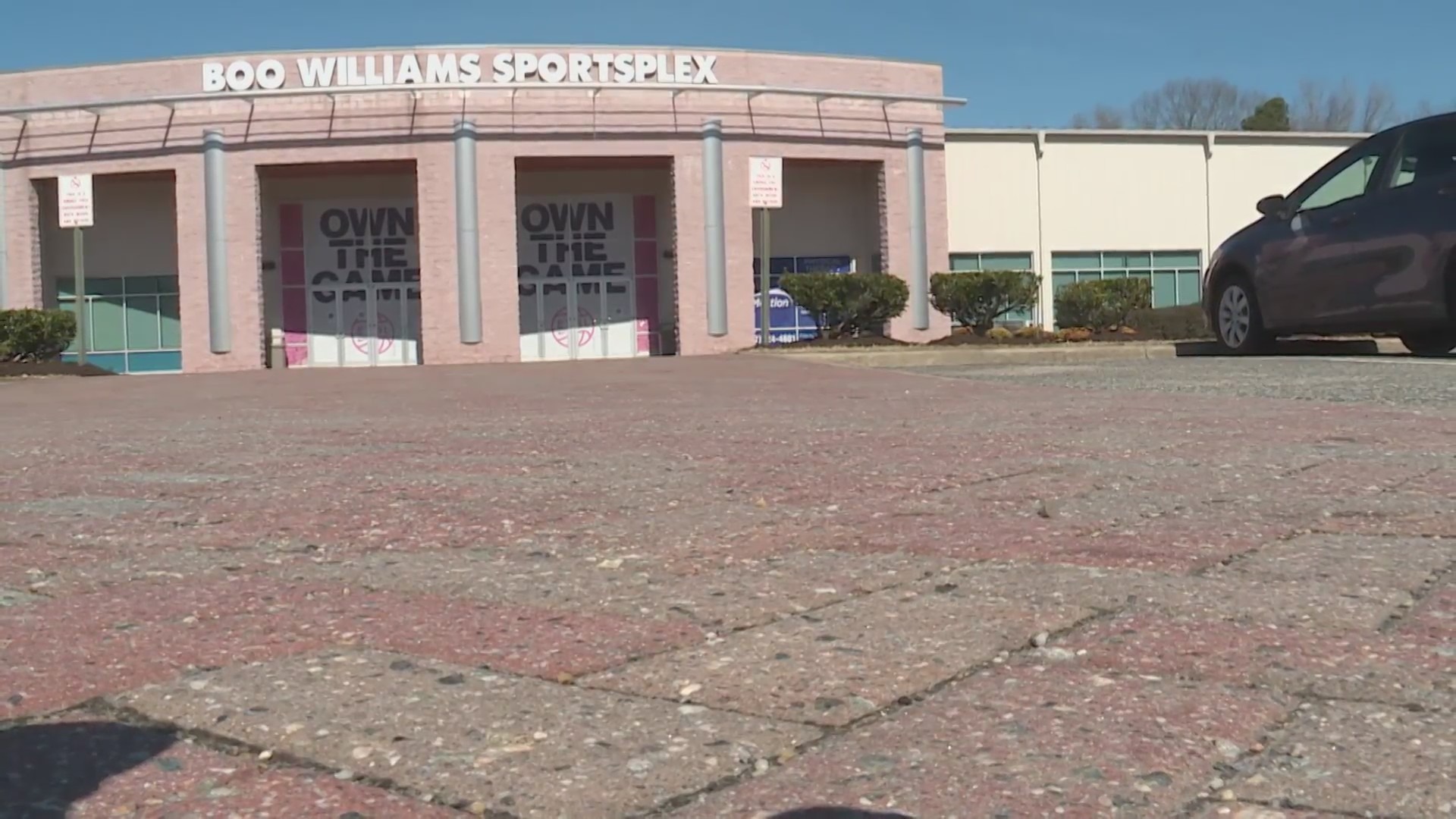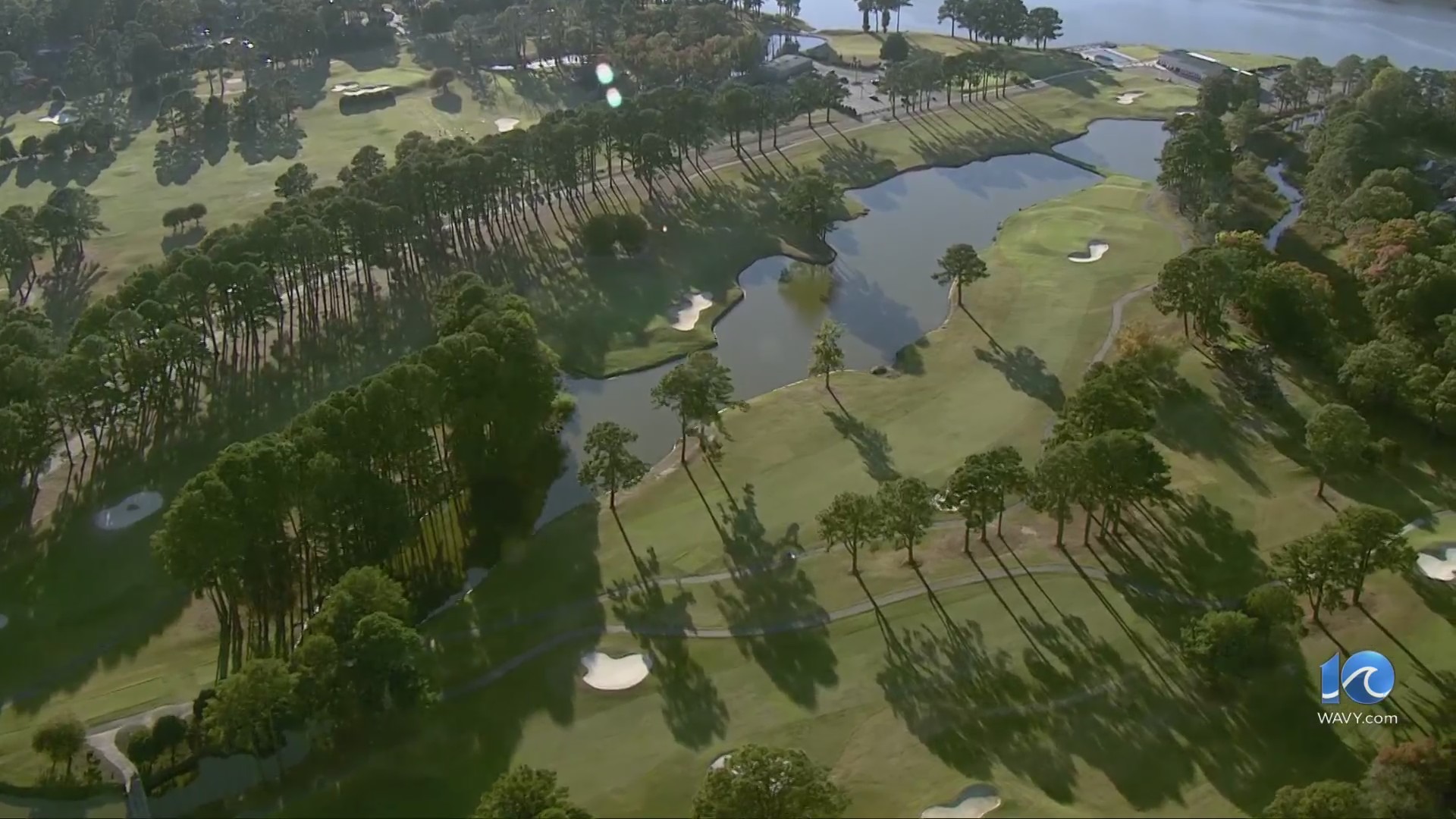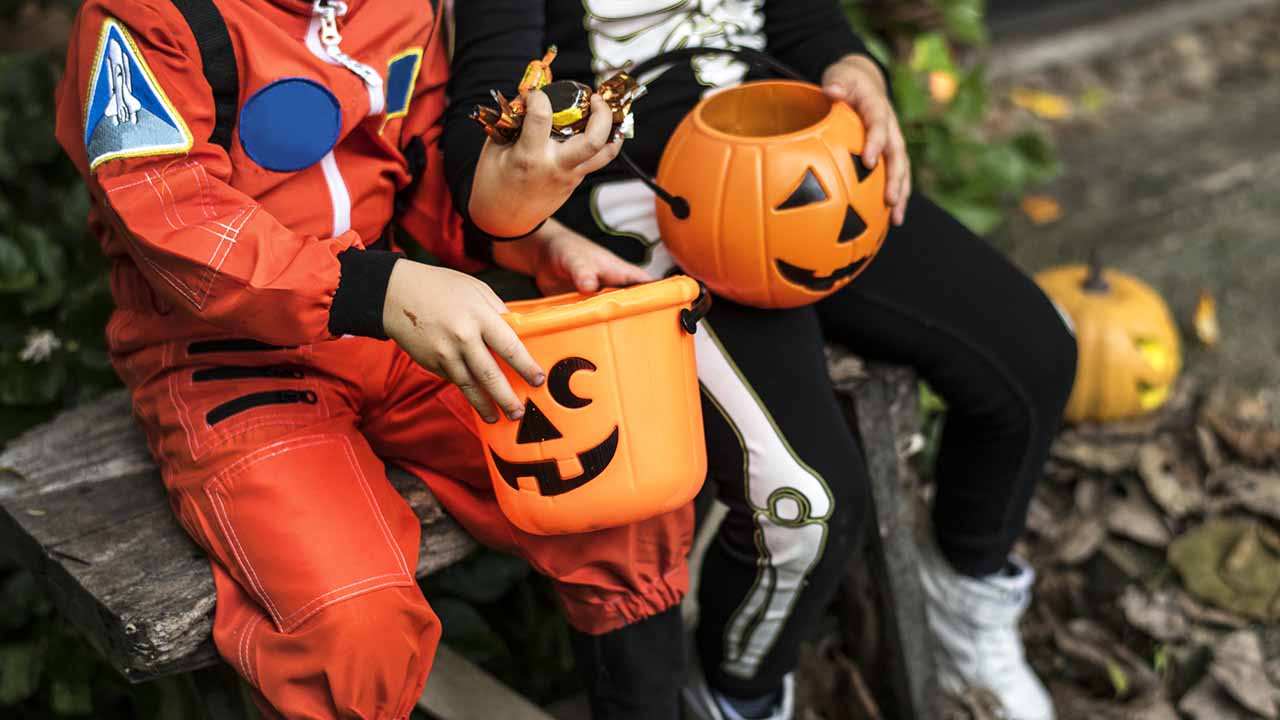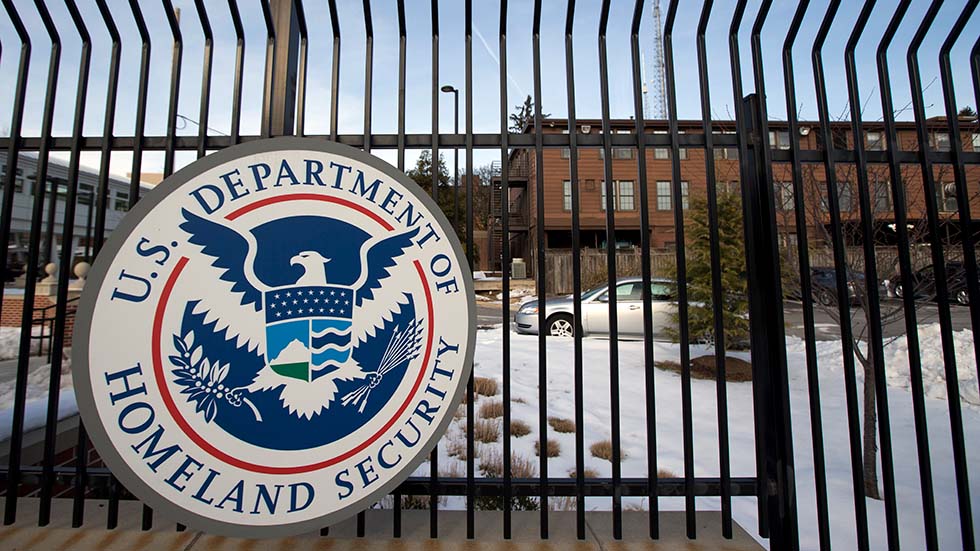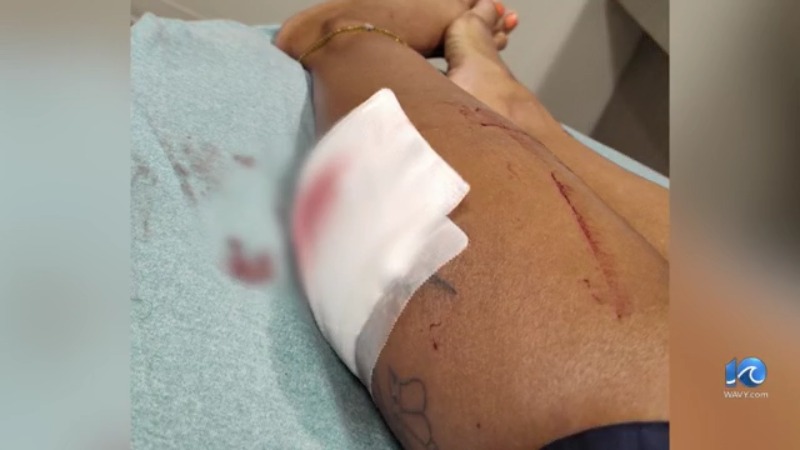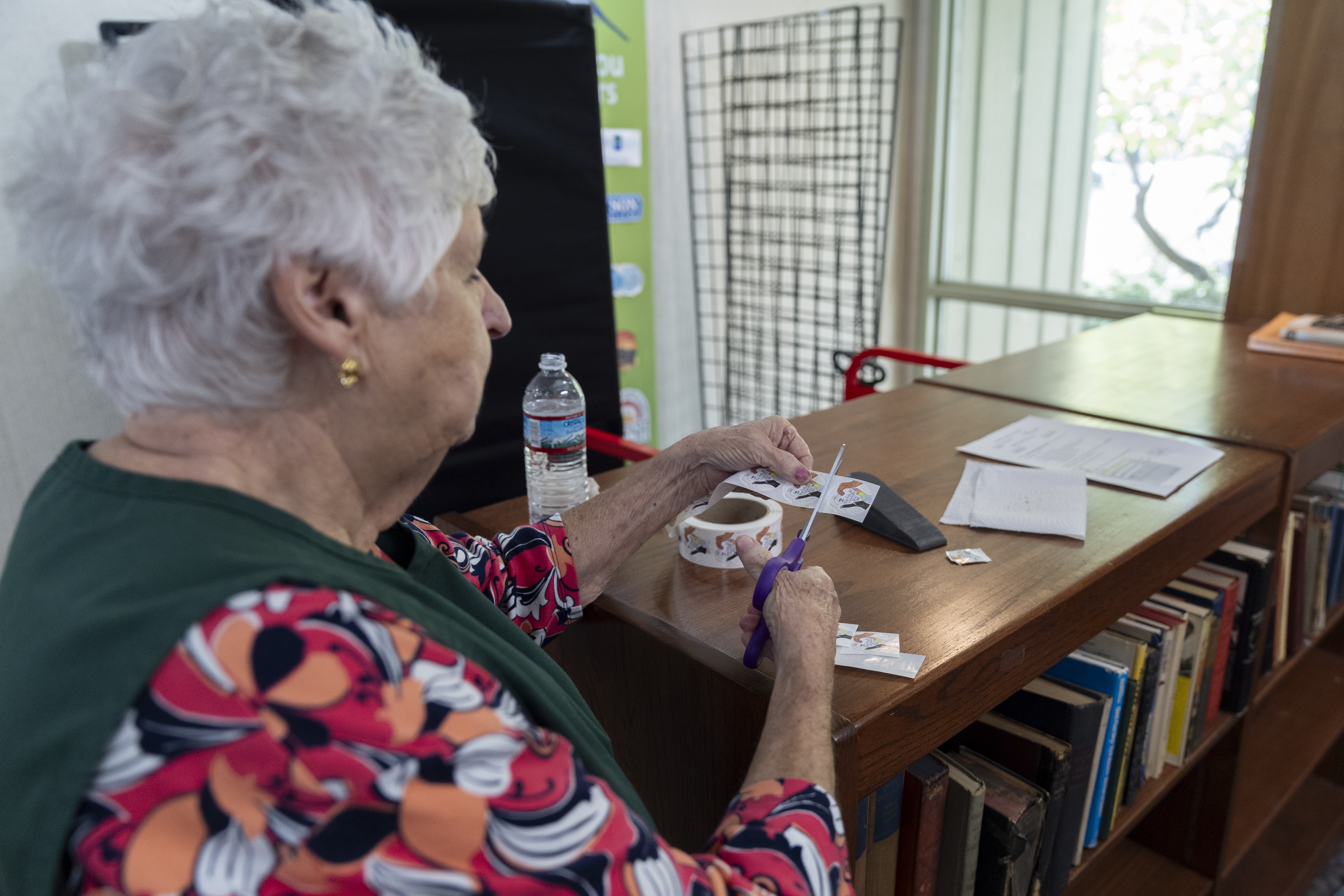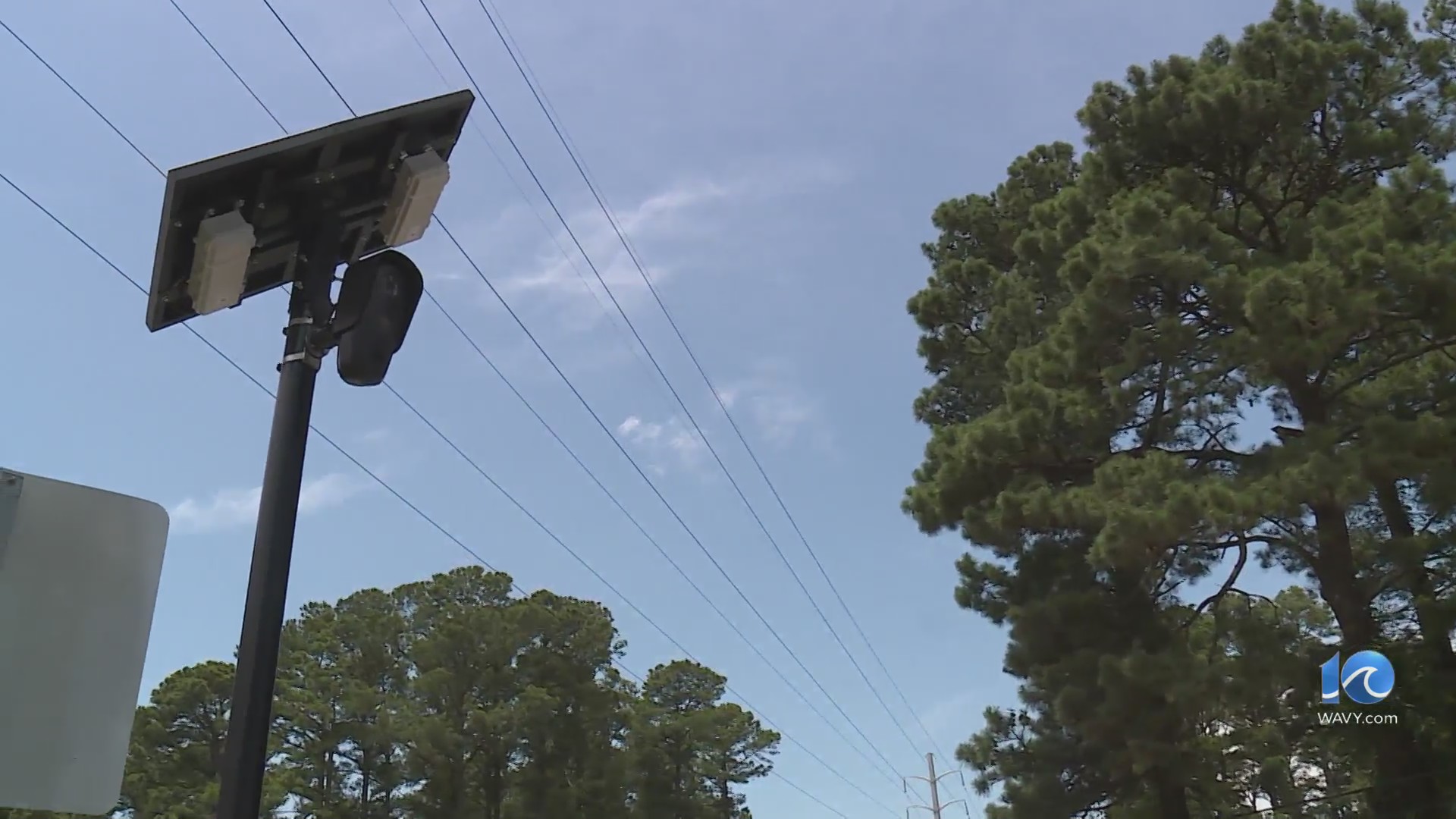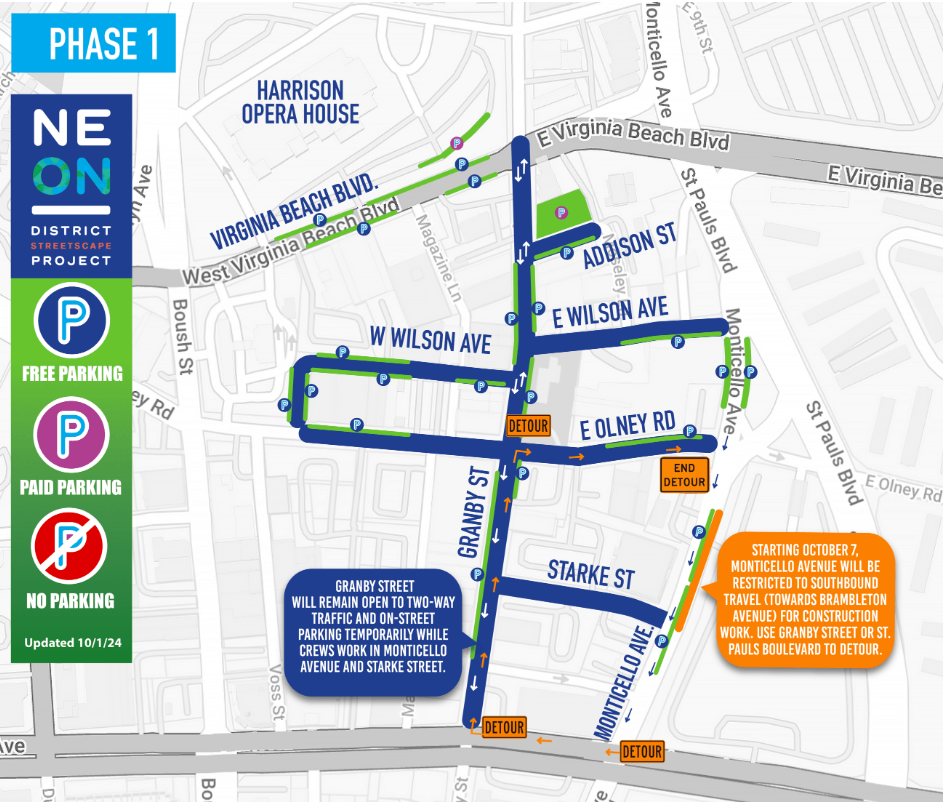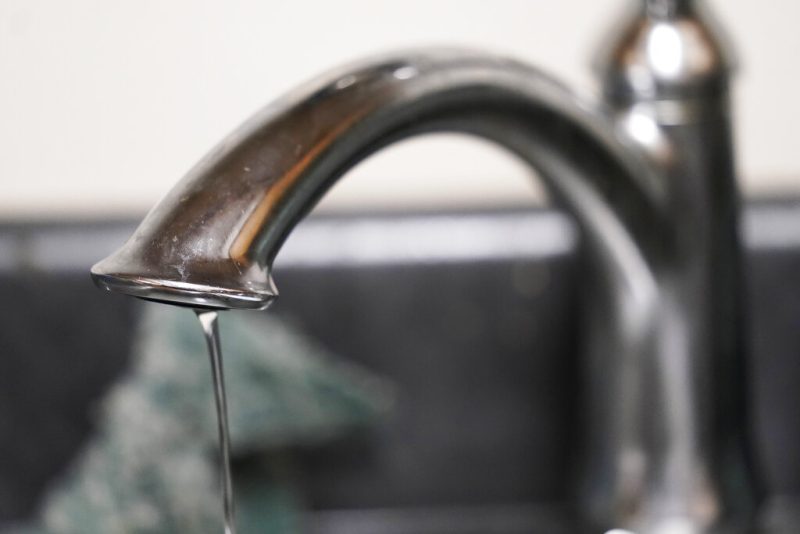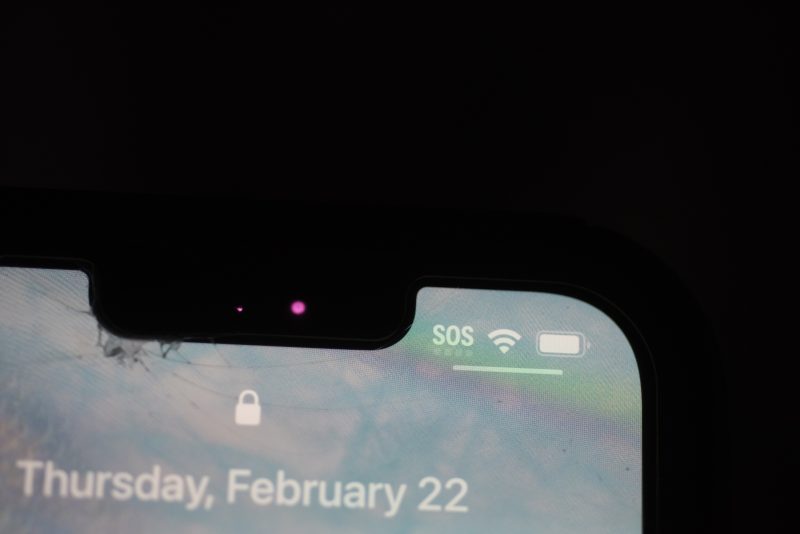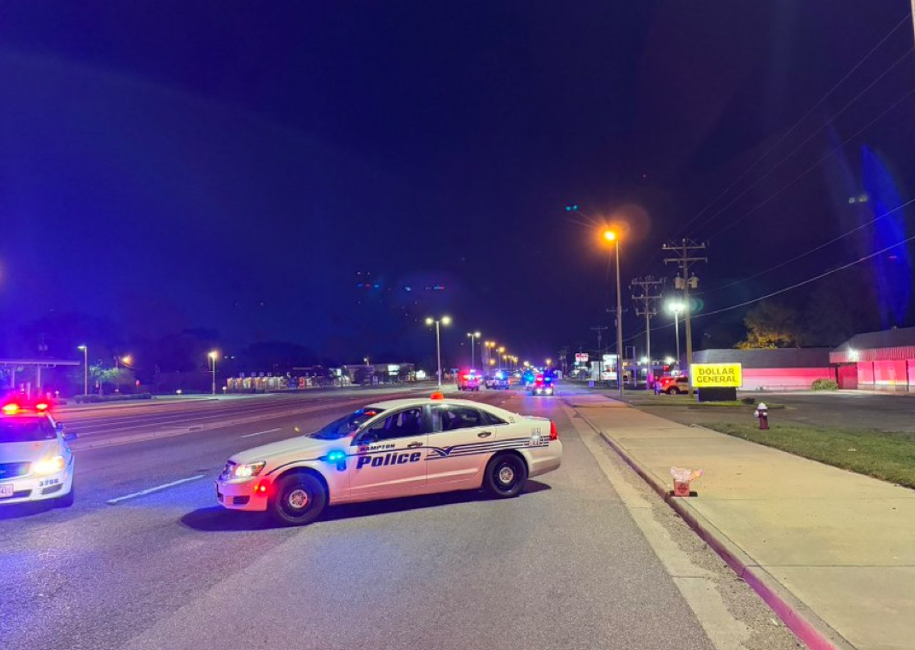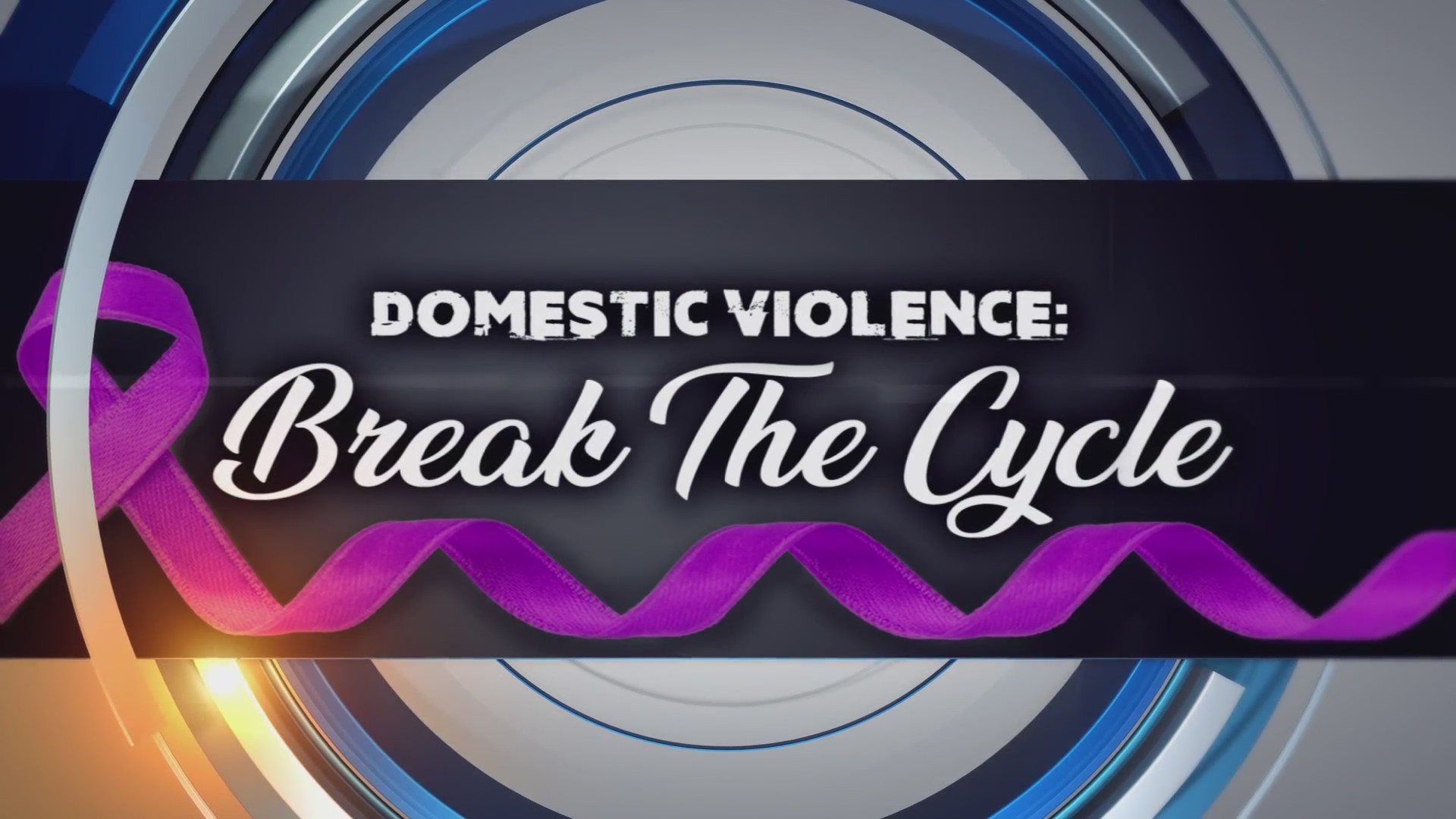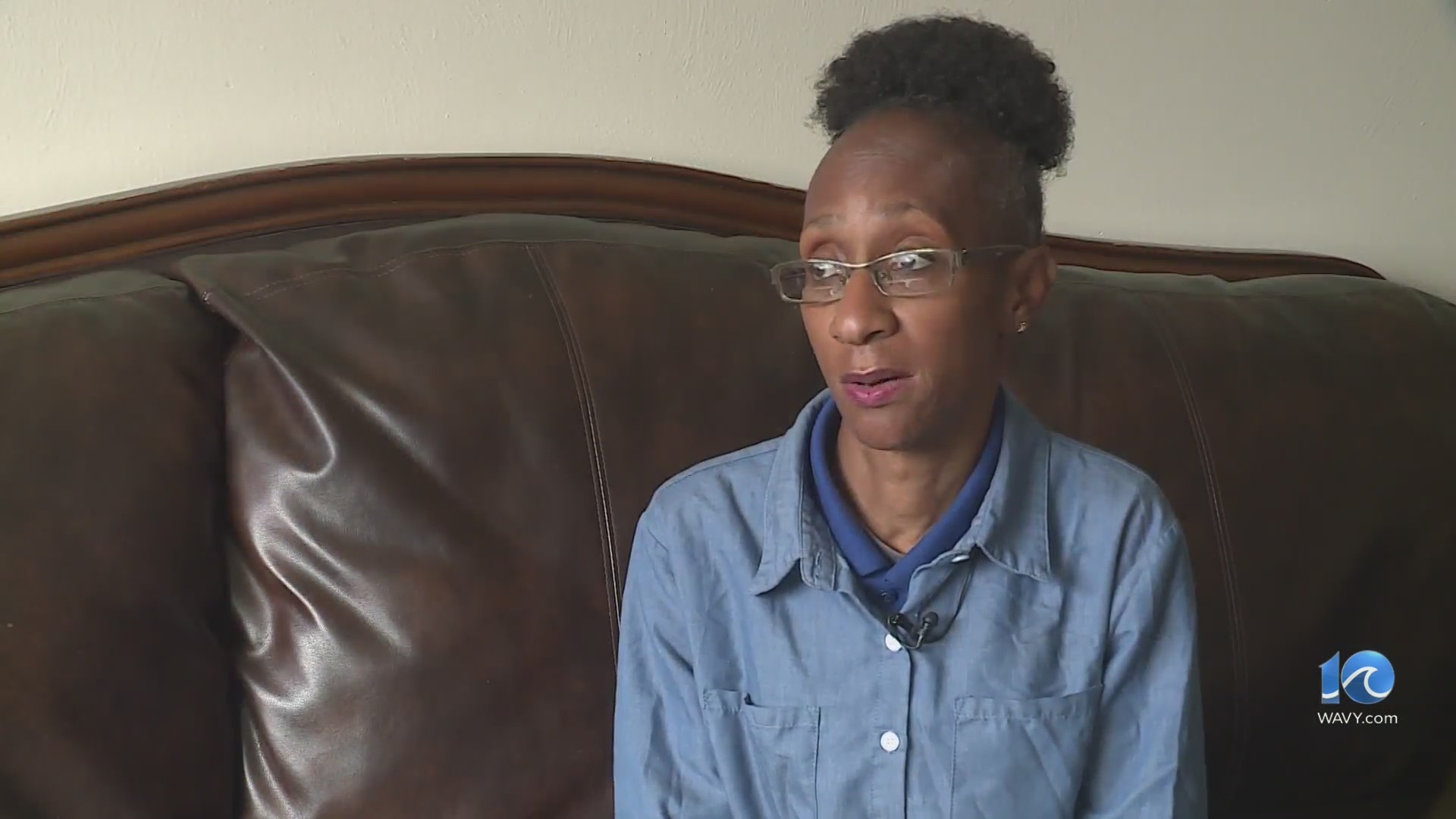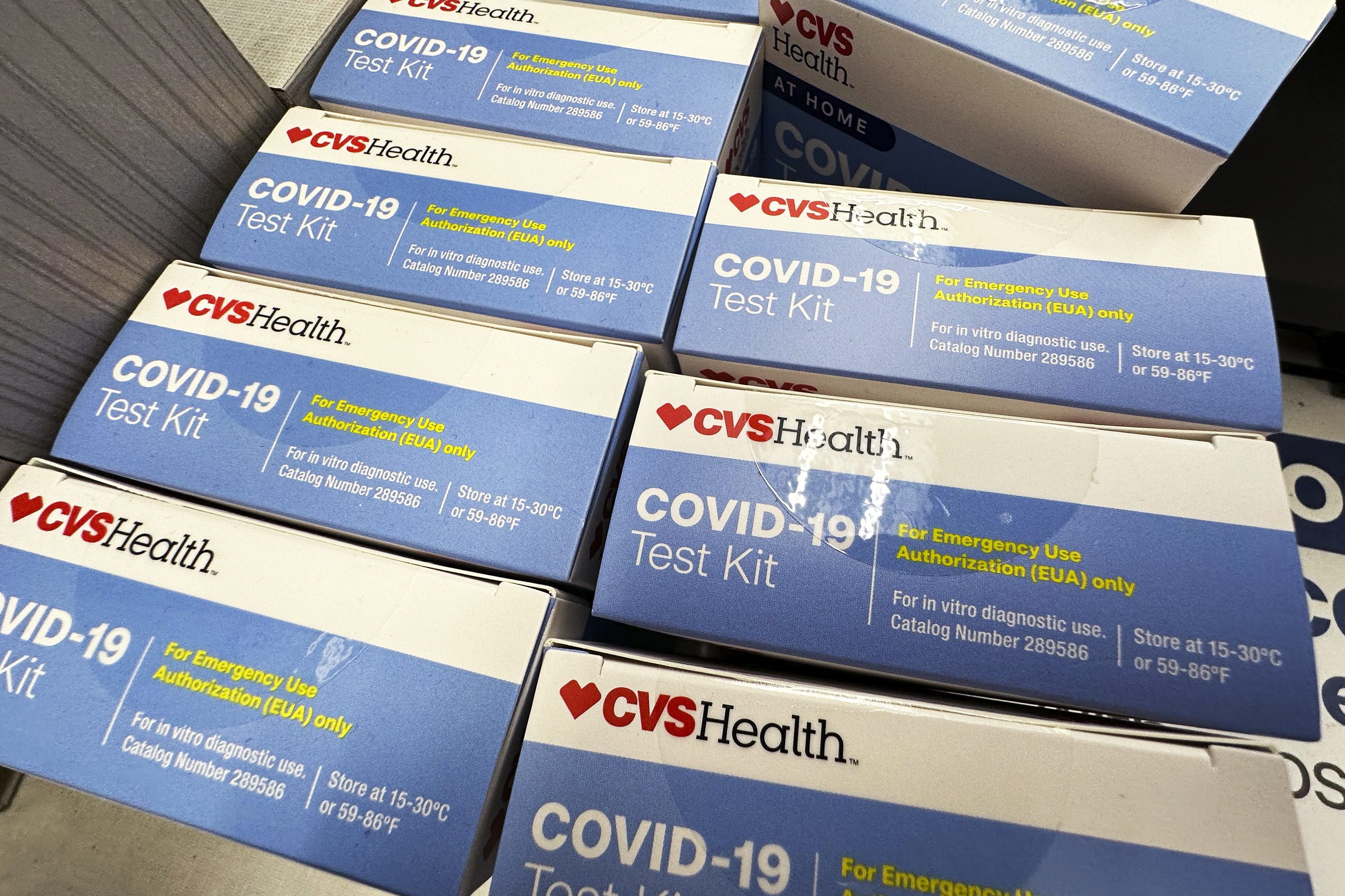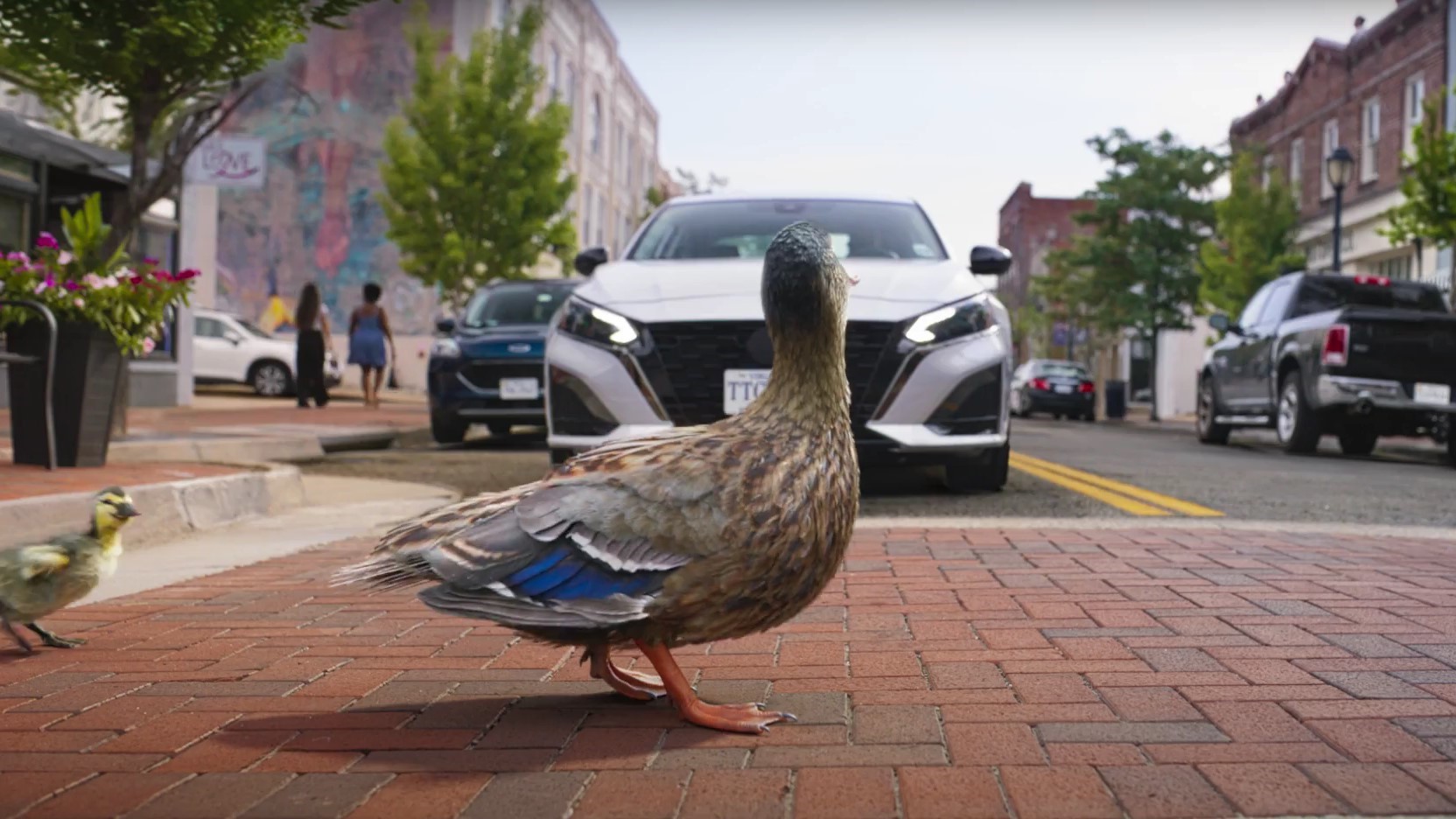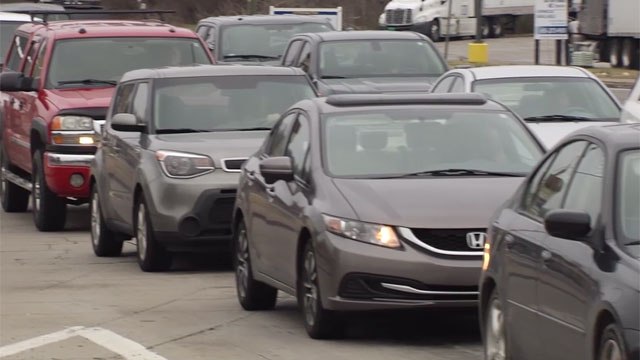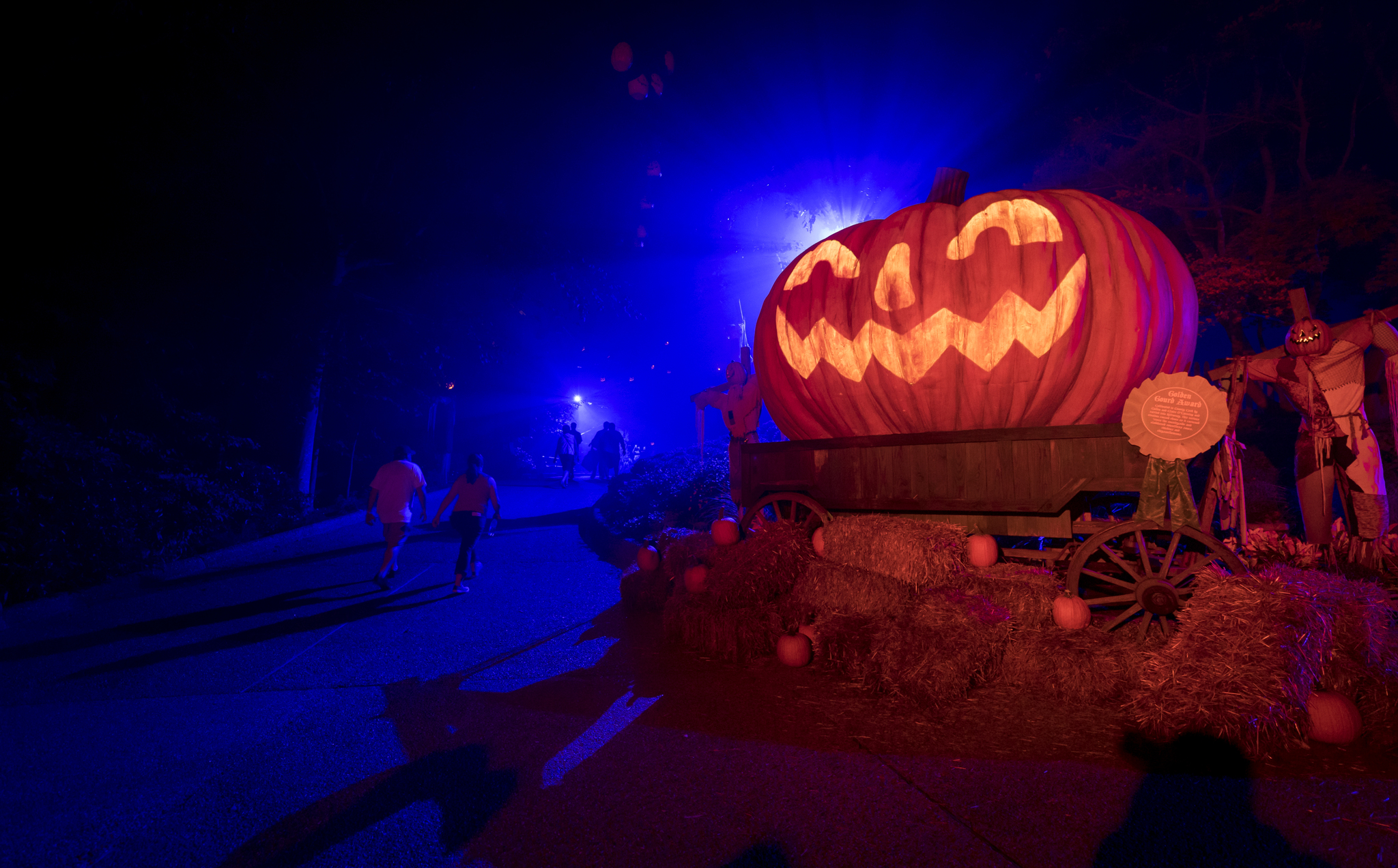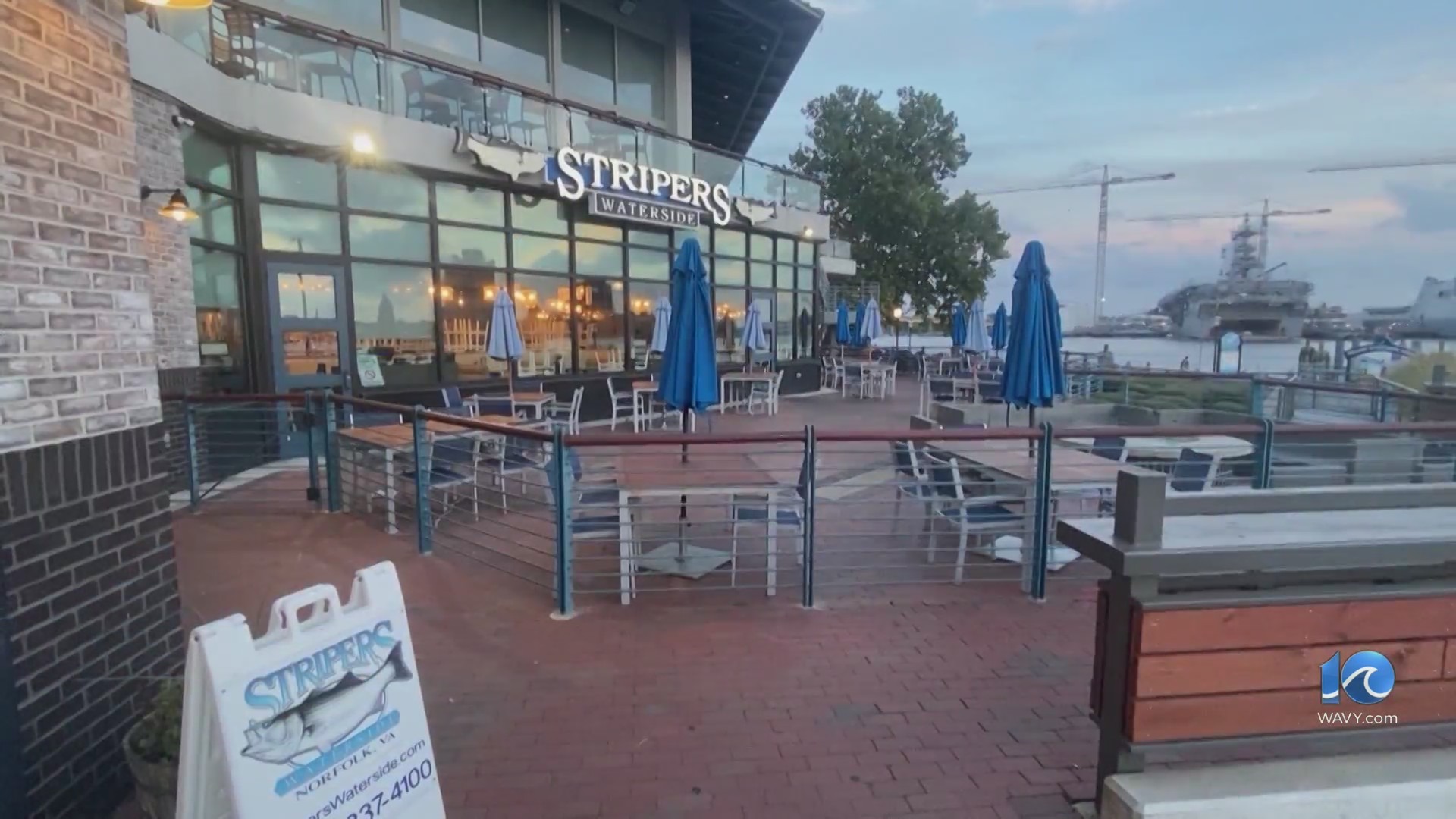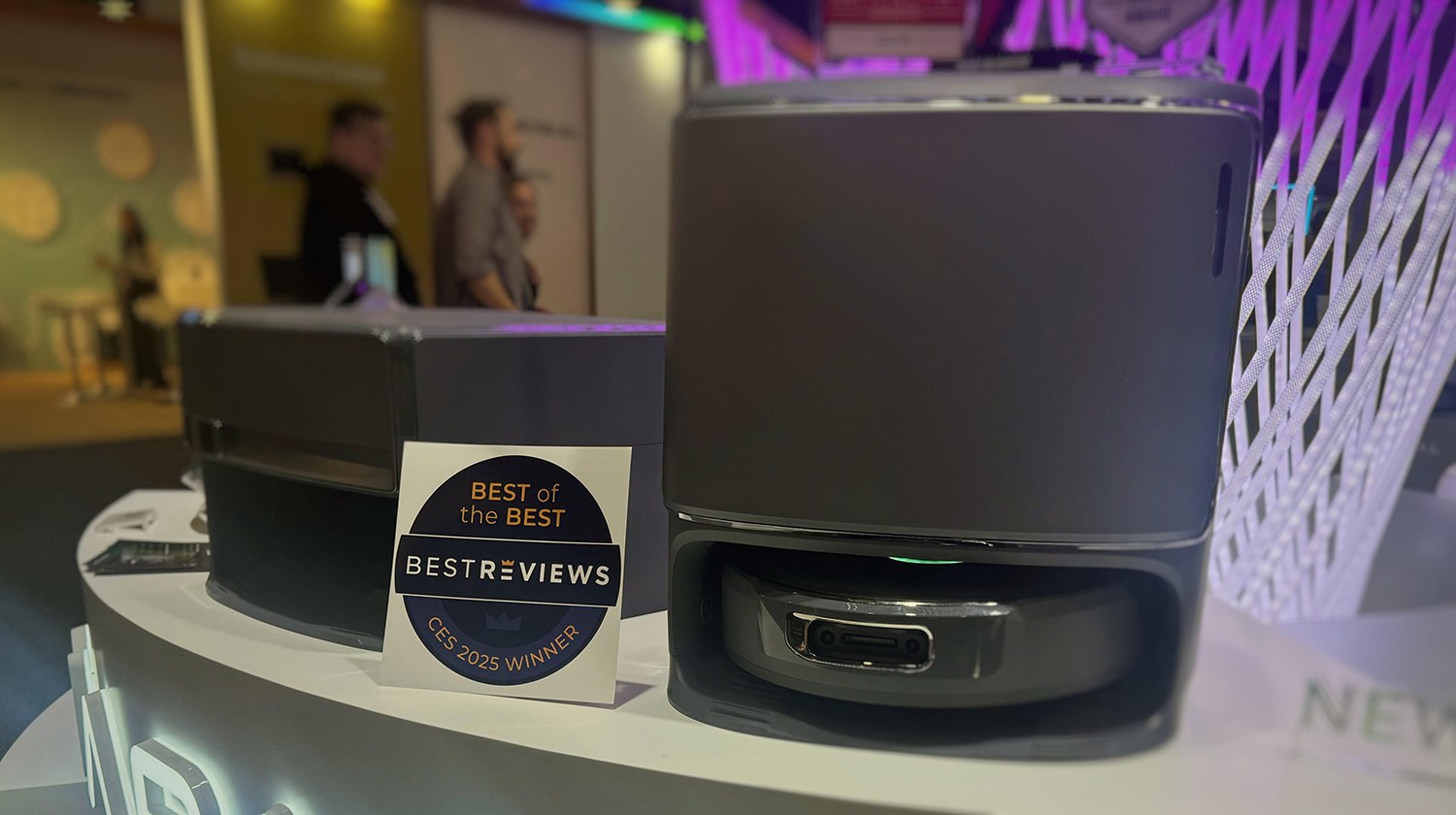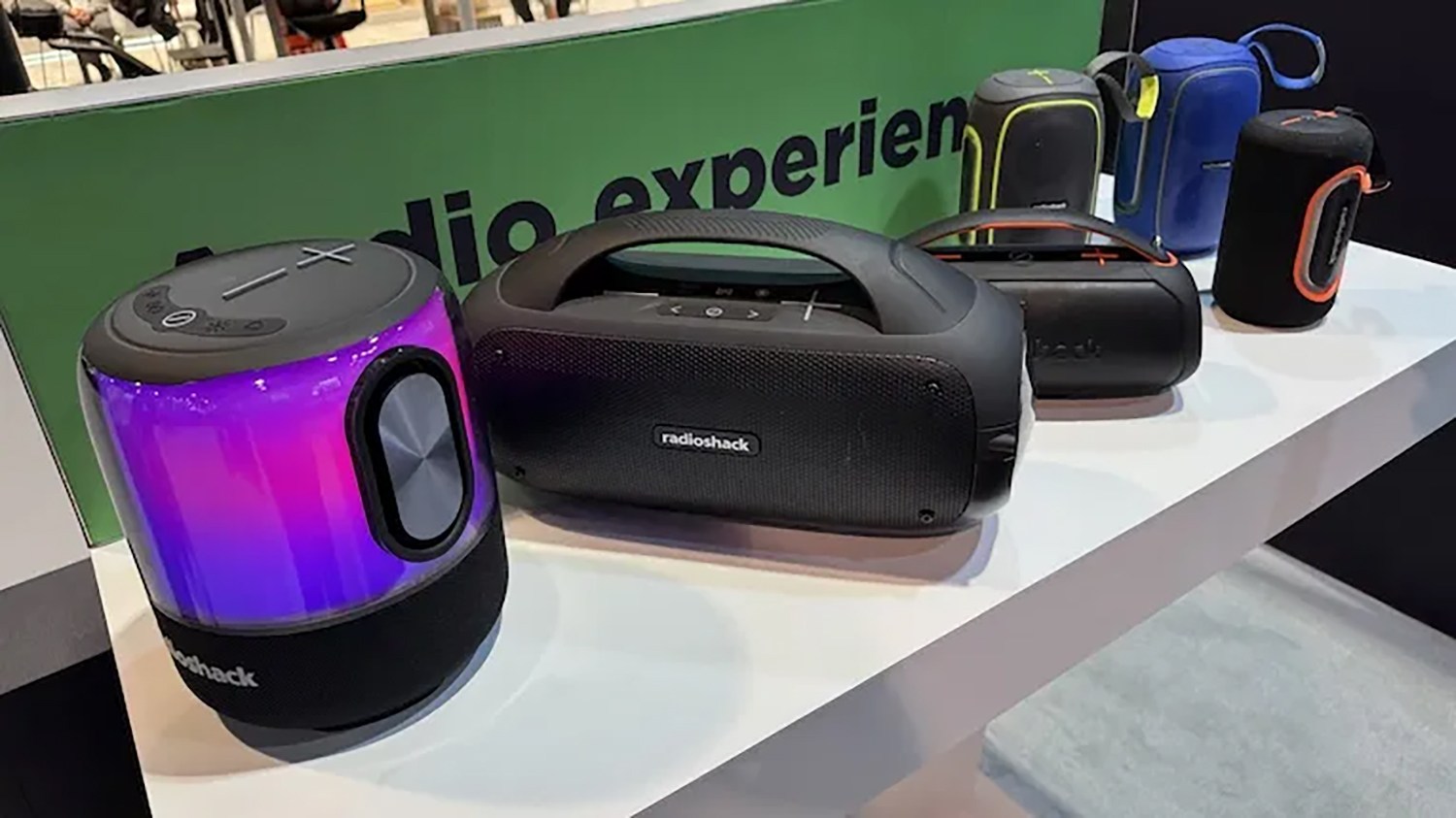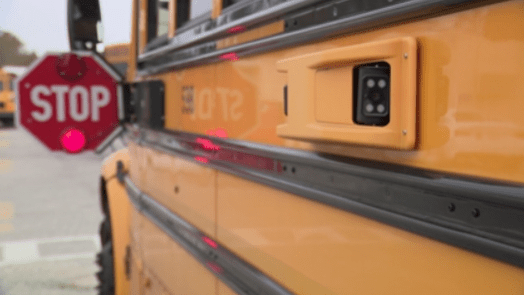WARNING: Graphic images of human remains are included in this article. Viewer discretion is advised.
SANTA TERESA, New Mexico (Border Report) – Abbey Carpenter and James Holman say looking for people lost in the hot southern New Mexico desert is physically demanding.
And instead of the satisfaction of handing a person a life-saving bottle of water you find skeletal remains, the job can be emotionally draining. Still, there’s always the hope of identifying the remains and bringing somebody’s parents, children or spouse much-needed closure.
That’s why the two volunteers with Battalion Search and Rescue (BSAR) are frustrated that after locating 20 sites with skeletal remains west of Santa Teresa in the past year – and notifying authorities and providing map coordinates – most of the bones are still there.
The volunteers on Monday took a Border Report/KTSM crew deep into the desert west of Santa Teresa. Small pink flags and ribbons mark bushes where bleached jawbones, femurs, ribs and even a cranium lie atop the sand.
At one site, a dirt-soiled woman’s pant can be seen next to a leg bone.
“We don’t know who she is. Is she a local or from somewhere else?” Holman said. “We don’t know how she died. We don’t know if she was murdered or assaulted here or somewhere else and brought here. These are answers that our government agencies should provide.
“We are locating many deceased in this area, and we are trusting them to do the jobs they signed up for and they’re not even showing up.”
Holman and Carpenter say they have continuously reported their findings to the Doña Ana County Sheriff’s Office but not received cooperation. Carpenter said DASO staff have been “aggressive” and “hostile” with her over the telephone, chastising her for not wanting to provide detailed personal information or street intersections where there are none.
Border Report tried to contact Doña Ana County Sheriff Kim Stewart for comment on Monday and was told she might be out of town. Border Report and KTSM sent an email to a county account provided and is awaiting a response.
Southern New Mexico, a death trap for migrants
The U.S. Border Patrol since last Oct. 1 has encountered more than 170 deceased migrants in the El Paso Sector that runs from Hudspeth County, Texas to the New Mexico-Arizona state line. Most deaths have come since the weather grew hot in May; most deaths have come in the desert of New Mexico.
BSAR works with Tucson-based humanitarian colleagues that run a database of unattended deaths along the border. They say the numbers are even higher than what the government reports.
“As pretty as this is, right now it is the deadliest place in the country. Hundreds are dying here, over half of them are women and over 100 women have died in this area,” Holman said.
The deduction comes from female clothing sometimes found at the sites, along with backpacks carrying feminine products and other tell-tale signs such as small shoes.
Personal effects might be in the clothing or backpacks that may yield clues to the person’s identity and bring closure to their families. That’s police work the volunteers say it’s outside their purview. The thought of going through those personal items themselves in what could be a crime scene could land them in trouble, they said.
The BSAR volunteers primarily focus on an area that is about 6 miles north of the U.S.-Mexico border. It is part of a corridor with Juarez, Mexico, to the south, Sunland Park, New Mexico, to the east and the road to Columbus, New Mexico, to the west that border agents say is one of the nation’s busiest migrant smuggling corridors.
But Holman says he can’t vouch that all the bones lying on the sand belong to migrants. He’s seen young people possibly partying in the desert, individuals riding all-terrain vehicles and even some gun enthusiasts target-shooting.
That should be a wake-up call for local authorities to investigate the origin of the skeletal remains, treat the sites as crime scenes and make sure no foul play is involved with locals as possible victims.
“We fill out reports, take photos with forensic rulers, we flag the site with high visibility tape. We are not adding nor taking anything away from the sites. But coming back to these sites and seeing them untouched after they have been reported… that’s the most heartbreaking thing that we have ever encountered,” Holman said. “We provide the sheriff and medical investigators more quality information, data than anybody. […] Who else is doing that?”



